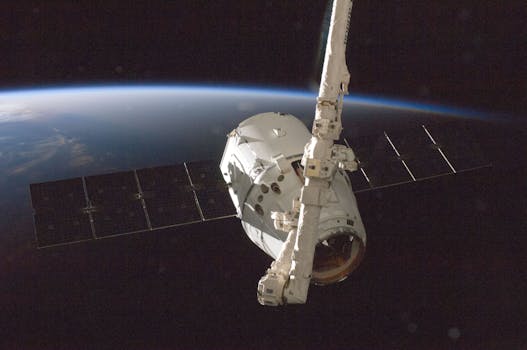
LEO Satellites: The Future of Global Connectivity
LEO satellites, or Low Earth Orbit satellites, are a type of satellite that orbits the Earth at an altitude of around 160 to 2,000 kilometers. These satellites have been gaining popularity in recent years due to their ability to provide high-speed, low-latency internet connectivity to remote and underserved areas. In this article, we will explore the benefits and applications of LEO satellites and their role in shaping the future of global connectivity.
LEO satellites have several advantages over traditional geostationary satellites, which orbit the Earth at an altitude of around 36,000 kilometers. One of the main benefits of LEO satellites is their lower latency, which is the time it takes for data to travel from the Earth to the satellite and back. This lower latency makes LEO satellites ideal for applications that require real-time communication, such as video conferencing and online gaming.
How LEO Satellites Work
LEO satellites work by using a network of satellites that orbit the Earth in a constellation pattern. Each satellite is equipped with a transceiver that can communicate with other satellites and with ground stations. When a user sends data to a LEO satellite, the satellite receives the data and then forwards it to the next satellite in the constellation, which then forwards it to the next satellite, and so on. This process continues until the data reaches its final destination, which can be another satellite or a ground station.
One of the key challenges of LEO satellites is their limited coverage area. Because they are in a lower orbit, LEO satellites have a smaller footprint than traditional geostationary satellites, which means they can only cover a smaller area of the Earth’s surface. To overcome this limitation, LEO satellite constellations use multiple satellites to provide global coverage. This can be achieved by using a large number of satellites, each with a smaller coverage area, or by using satellites with higher gain antennas that can cover a larger area.
Applications of LEO Satellites
LEO satellites have a wide range of applications, including providing internet connectivity to remote and underserved areas, supporting IoT devices, and enabling real-time communication for emergency response and search and rescue operations. They can also be used for Earth observation, weather forecasting, and climate monitoring.
One of the most significant applications of LEO satellites is providing internet connectivity to remote and underserved areas. Many parts of the world lack access to reliable and affordable internet connectivity, which can limit economic growth and social development. LEO satellites can help bridge this digital divide by providing high-speed, low-latency internet connectivity to these areas.
Conclusion
In conclusion, LEO satellites are a game-changer for global connectivity. Their ability to provide high-speed, low-latency internet connectivity to remote and underserved areas makes them an ideal solution for a wide range of applications. As the demand for satellite-based connectivity continues to grow, LEO satellites are likely to play an increasingly important role in shaping the future of global connectivity.



